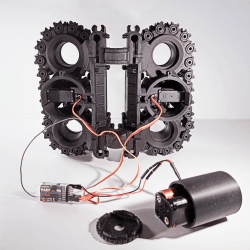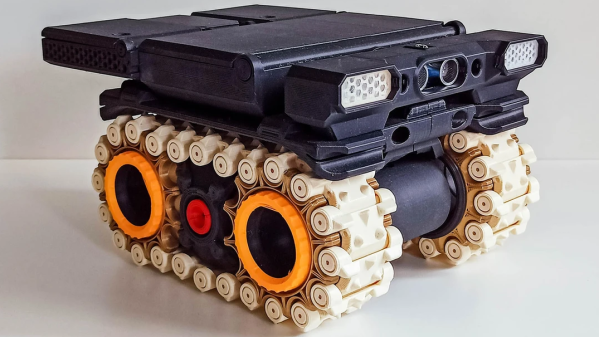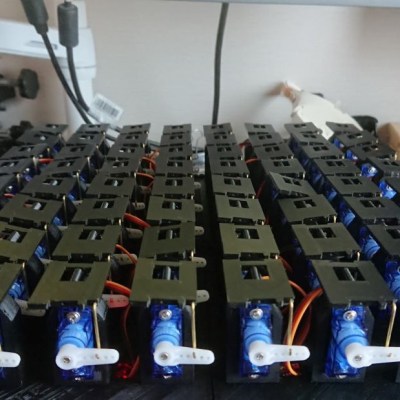[EXTREME3DPRINT] has a new version of their print-in-place tank chassis: the PiPBOT now accepts drop-in motors (in the form of 360° rotation servos), RC receiver, and battery pack to make a functional RC tank platform in no time flat. The design is entirely 3D printed with no supports needed.
 This new version is a paid 3D model (and it includes STEP files, thankfully) but the original proof-of-concept print-in-place tank chassis is free and remains a highly clever piece of design that really shows off what is possible when one plays to a 3D printer’s strengths.
This new version is a paid 3D model (and it includes STEP files, thankfully) but the original proof-of-concept print-in-place tank chassis is free and remains a highly clever piece of design that really shows off what is possible when one plays to a 3D printer’s strengths.
A better look at the design’s details can be found on the designer’s website, and a short video demonstrating assembly and operation is embedded below. We particularly like the attachment points on the top of the PiPBOT, which allows for securely mounting all kinds of customized payloads.
Interested in this style of printable RC platform, but want something a little more accessible? If race cars are more your thing, we’d like to also mention the Gamma 2.0 by [Under Engineered]. It’s a print-in-place RC car that needs minimal parts to get rolling and would make an excellent afternoon project.




















